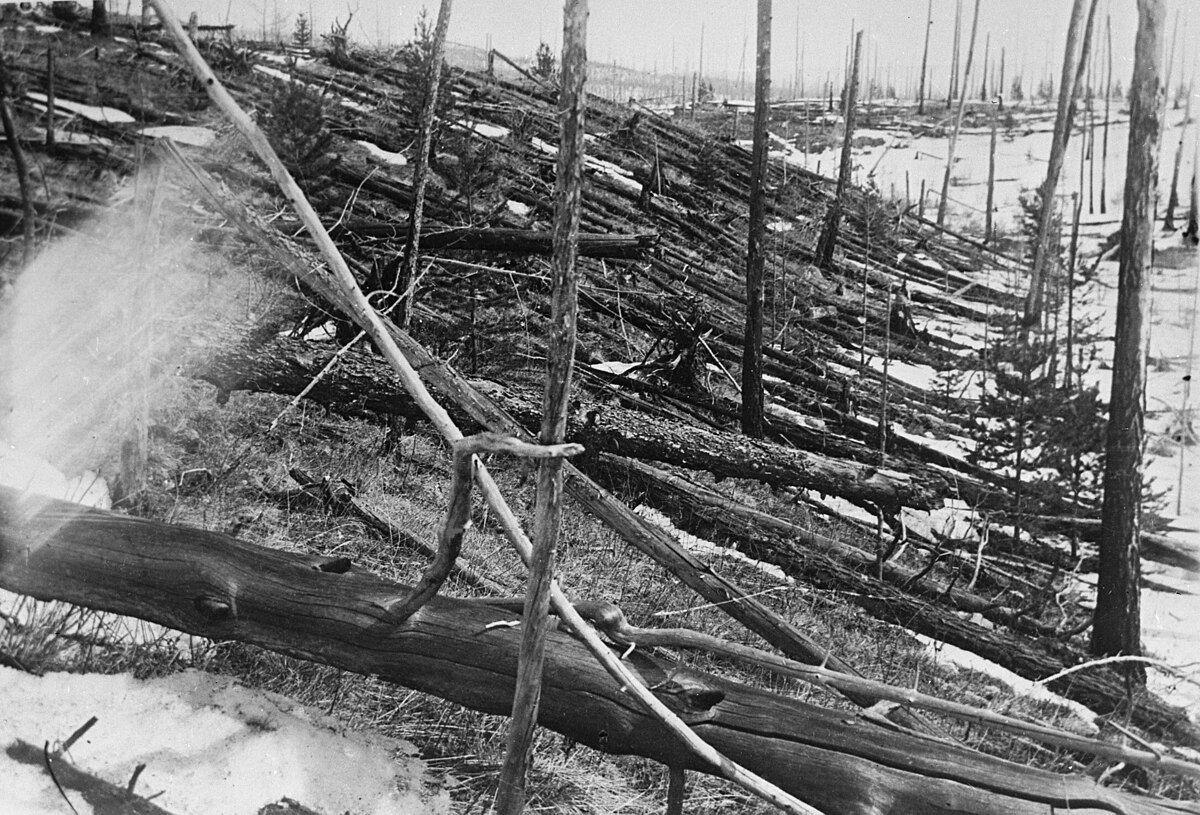Shadowy Man
Contributor
5 km/hour, it would take 40 hours, 2 days.If they are coming in at escape velocity how long do you think the time difference is between impacts only 200km apart?
I agree that if an asteroid impacts at 5km/hour it would not be an issue.
Ok. I thought based on the thread what was being suggested was that it was exploded so it comes in as small pieces and not all at once. Like in the movies. Sorry if I misread it.LOL, you meant they go one behind the other. No that's not how blowing up an asteroid works. They are blown up in all directions. And it does not take much time for remnants to separate enough. In fact, they would have enough time to separate so far that most of the rocks will miss the earth.
I agree that if you can blow it apart far enough away so that pieces miss that would be better.

